1310 Nowell Road
Raleigh, NC 27607
1310 Nowell Road
Raleigh, NC 27607
Existing CSP Client: (919) 424-2060
SALES: (919) 420-3231
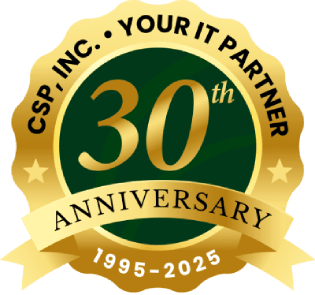
On June 16th, over 50 people joined our webinar that looked back at the world’s largest ransomware attack, WannaCry. Our VP of Sales and Marketing, Stephen Riddick, led this educational event in which he described what happened, and what you can do to protect yourself from future outbreaks.
Ransomware attacks and infects your computer with the intention of extorting money from you. The criminal mandates a ransom via Bitcoin to provide the encryption key. (However, beware—Not all ransom payments result in the unlocking of data.)
In 2016:
Ransomware attacks are growing exponentially each month that goes by. It’s a booming business for hackers.
On Friday, May 12, 2017 the WanaCrypt0r ransomware was detected in hospitals in the UK. It then exploded across the globe, impacting tens of thousands of computers in over 150 countries. It was the biggest ransomware attack in the history of the Internet.
The NSA created weapons for the WannaCry Ransomware. Unfortunately, they didn’t notify Microsoft.
Here’s what happened:
Note: Microsoft knew about the vulnerability and had released the patch in March, but they didn’t realize it was a critical situation. When they re-released it, they did so as a critical patch.
Who was affected? The majority of infections were Windows 7 and Server 2008 machines that weren’t patched. It was only a Microsoft issue.
(Early reports stated that it was aging, un-supported Windows XP and Server 2008 devices that were at risk. This was incorrect. The vulnerability wasn’t as great on these devices.)
The Final Tally of Damages =
Important Note: It’s a sure thing that more attacks will come!
How CSP Responded
How to Protect Your Business from Future Attacks
A multi-faceted approach is paramount. It won’t help to simply secure a single point of entry. Just like your home security, you need to secure all the doors and windows.
CSP Provides Tiers of Security…Based on Your Organization’s Needs:
Basic:
Intermediate:
Advanced:
***Plus, there are even more advanced solutions from CSP, Inc.
This is just a brief overview of the situation. If you’d like a more detailed summary and information about how the team at CSP, Inc. can protect your business in or around Lowell, MA, from the next WannaCry or Ransomware Attack, contact Stephen Riddick at: 919.424.2019 or sriddick@cspinc.com

Always at your service to provide the highest level of quality support to our customers.

Anthony Firth Client Engineer

“I’m passionate about building and fostering relationships, and finding solutions for success.”

Michael Koenig Client Account Manager

“I help clients stabilize and grow their IT infrastructure so they can focus on growing their core business.”

Josh Wilshire Systems Engineer Team Lead

“I strive to provide the highest level of quality service to our customers.”

Tommy Williams Sr. Hardware Engineer

“I’m driven by the steadfast belief that technology must serve as a business enabler. This mantra has driven 21
Years of successful partnerships.”

Stephen Riddick VP Sales & Marketing

“CSP doesn’t succeed unless your company succeeds.”

Stephen Allen Inventory Manager

“Through my intuition and genuine concern to help others I have built long-lasting relationships with our customers, co-workers and business partners.”

Scott Forbes VP Support Services

“Every day, I work with clients to help plan the future of their businesses.”

Michael Bowman vCIO

“Your IT problems become our IT solutions.”

Mark McLemore Project Engineer
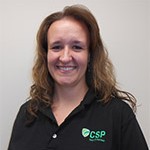
“Managing internal and external operations to ensure that CSP provides quality and reliable customer service .”

Margie Figueroa Business Manager
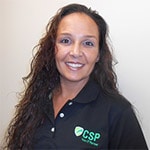
“Providing quality internal and externals financial support to our customers and accounting support to CSP.”

Katie Steiglitz Accounting Administrator
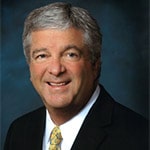
“Some call me the CEO. I call myself the Cheerleader for an awesome team!”

William B. Riddick Founder & CEO
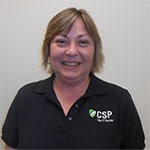
“CSP is here to assist you with your IT needs.”

Beth Wylie Inside Sales Manager




On What Questions You Need To Ask Before Signing Any Agreement.
"*" indicates required fields

Raleigh IT Support Company and IT Services Provider | CSP Inc.
1310 Nowell Rd,
Raleigh, NC 27607
Existing CSP Client: (919) 424-2060
SALES: (919) 420-3231
Receive email updates and informative marketing materials by subscribing to our newsletter.
"*" indicates required fields